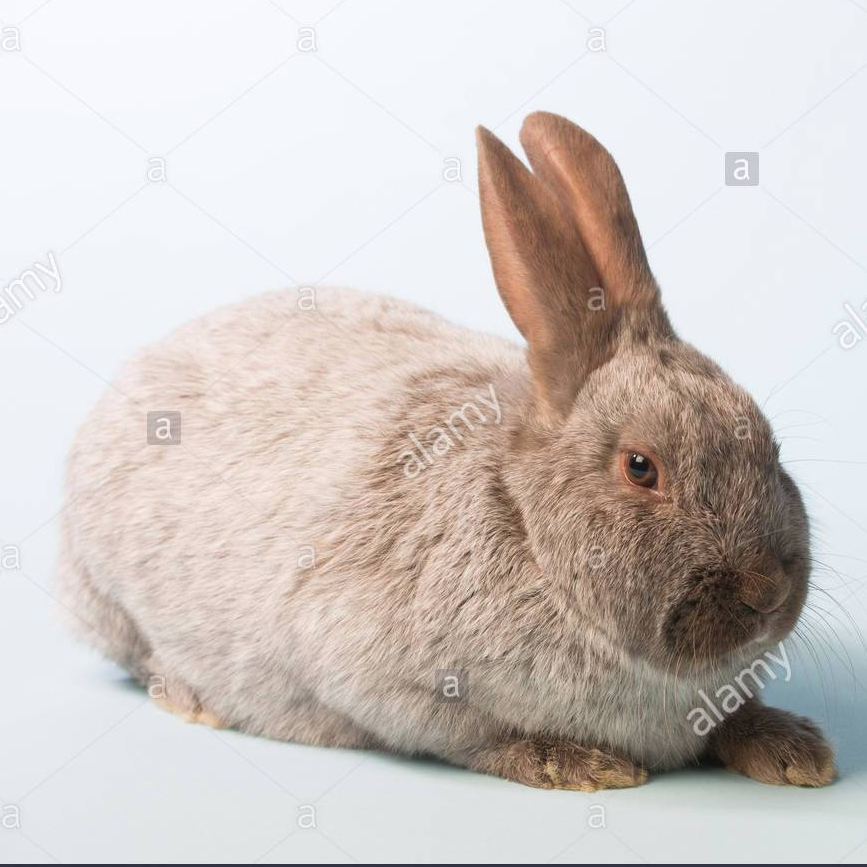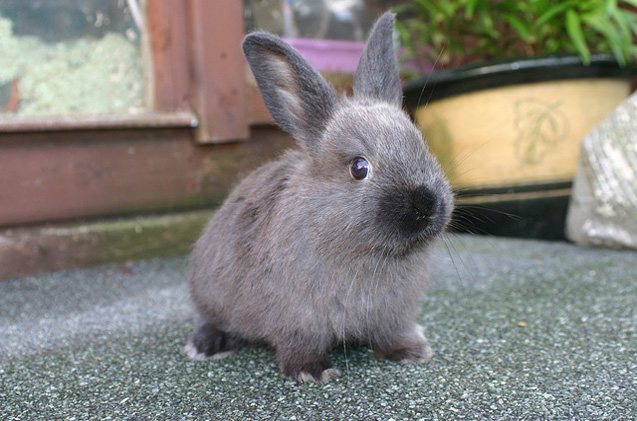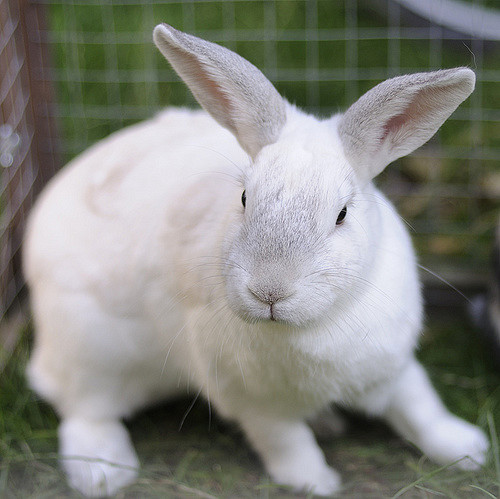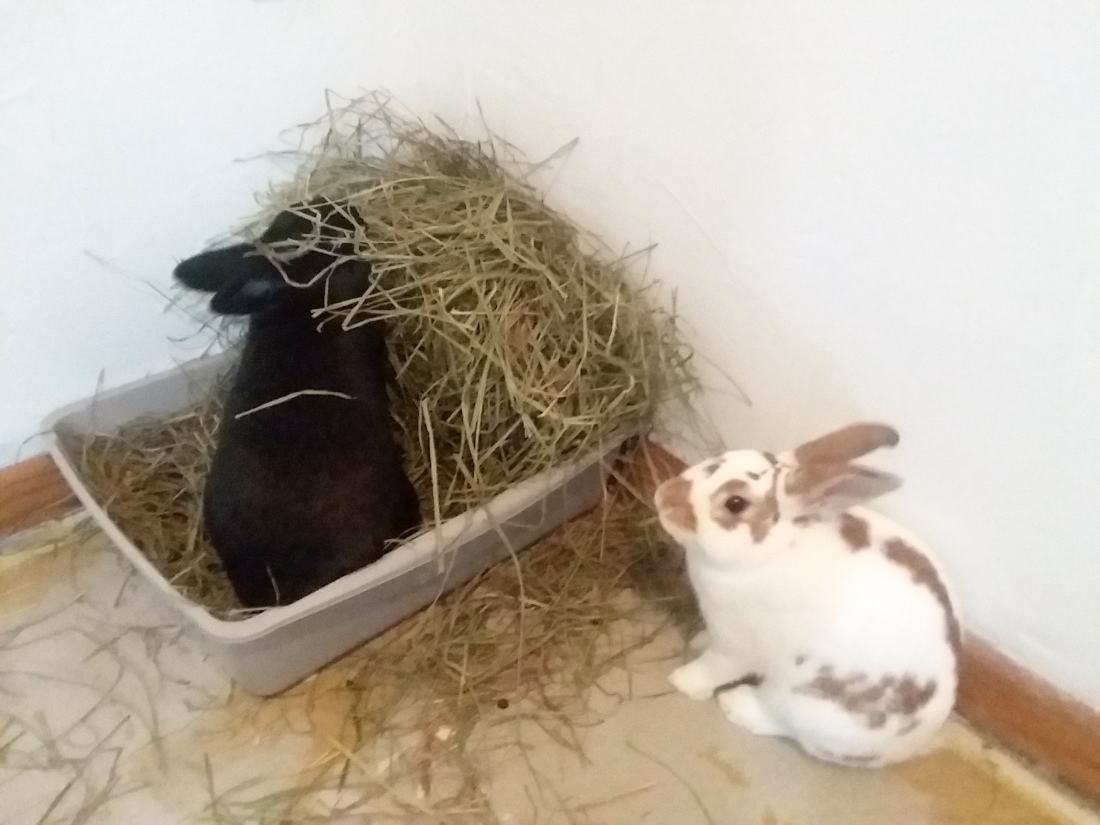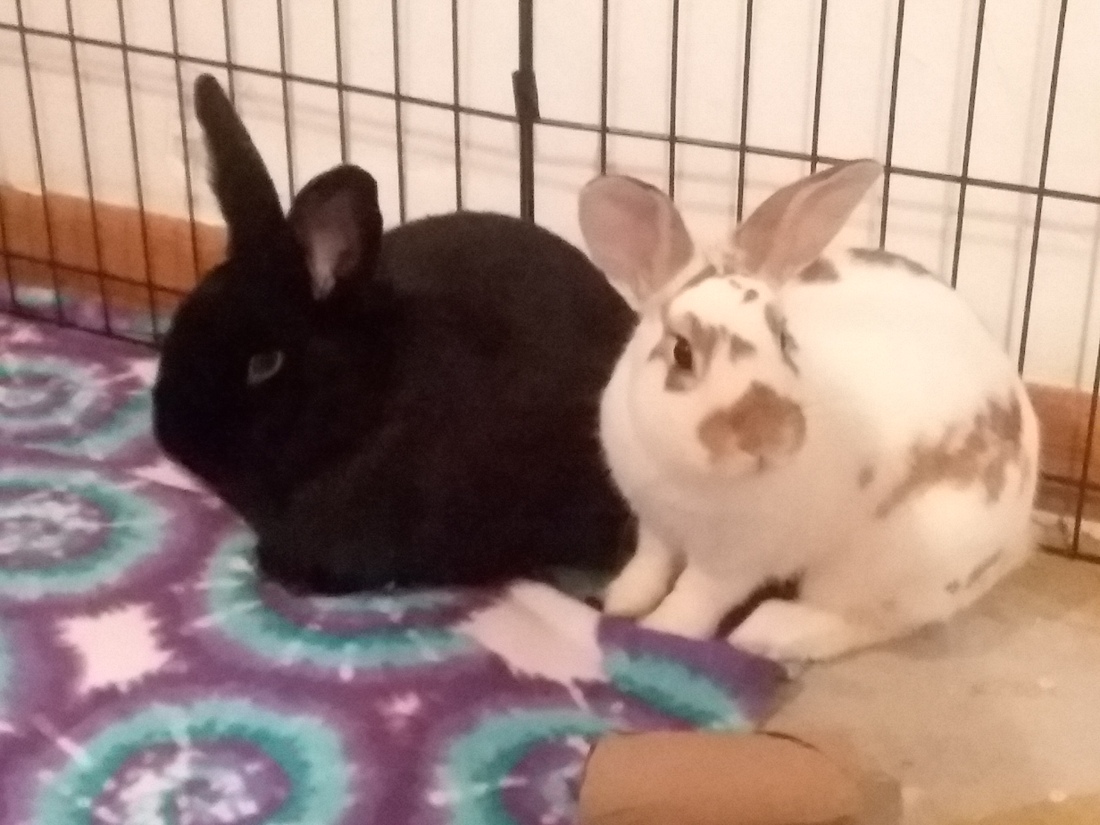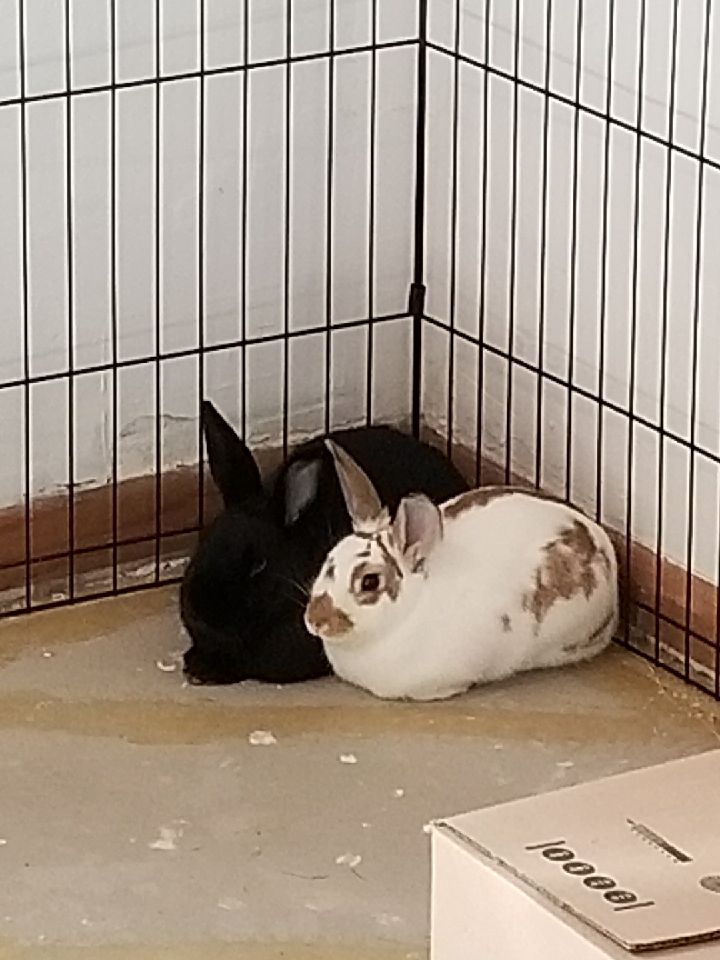Now to start with the “Argente” rabbits, I would like to go over the Argente brun rabbit. I will be going over their history, characteristics, common personalities, common medical problems, sizing, and more!
The History of the Argente Brun Rabbit:
The Argente Brun rabbit is a French rabbit, and one of the oldest too. These rabbits were especially popular for their nice looking coats and were transported specifically to Canada from 1920 to 1930. From here, the rabbit breed became more and more popular.
Ed White was a man who was sold an Argente brun and was selling them as well to many who were finding breeding opportunities. The breeder then went to work to breed rabbits to make this breed come to life. Argente bruns were officially accepted as a true rabbit breed in February of 2016 (In America).
Characteristics of the Argente Brun:
- Light coat: Often brown/grey
- Straight standing ears
- Broad head
Coloring:
- Brun: Brown
- Bleu: Blue
- Creme
- Champagne
- Noir: Black
Common Personalities:
Despite being a larger rabbit, the Argente Brun is an extremely playful and docile rabbit. They are known to be extremely loving and attached. Argente Bruns are very sweet and gentle rabbits in case of any young children. Based off of their personality, young children near this breed wouldn’t be bad.
*Please note that all young children must be supervised if near a rabbit. Young children don’t understand how delicate rabbit bodies are and the one wrong move could seriously hurt the rabbit or child. In some circumstances, the rabbit could die as well. So please, always supervise a young child if they are in a pen with a rabbit or even near one, even though they should always be supervised.*
Size:
The Argente brun is a large sized rabbit meaning they are one of the bigger breeds. A healthy rabbit of this breed would be an average of 8 to 10 1/2 lbs. and are quite stocky rabbits.
Common Medical Problems:
The only medical problems would be what any usual rabbit could be susceptible to, including the following:
- Overgrown teeth
- Ear mites
- Fly-strike
- And more
Extra Care:
There isn’t any extra care to this breed.
Resources:
https://www.petguide.com/breeds/rabbit/argente-brun-rabbit/
I would like to note that when I was talking about the list of rabbits I would be going over, all of the “Argente rabbits” were called “Argentine”. If you were confused, well so was I. So in easier terms, they are Argente bruns, not Argentine bruns.
Anyway, thank you so much for coming back again. I will be continuing on like usual with my schedule. Please share this post with you family and friends and give it a thumbs up if you enjoy what I put in it. If you have any more suggestions of what to put in these breed posts, comment down below to let me know!
